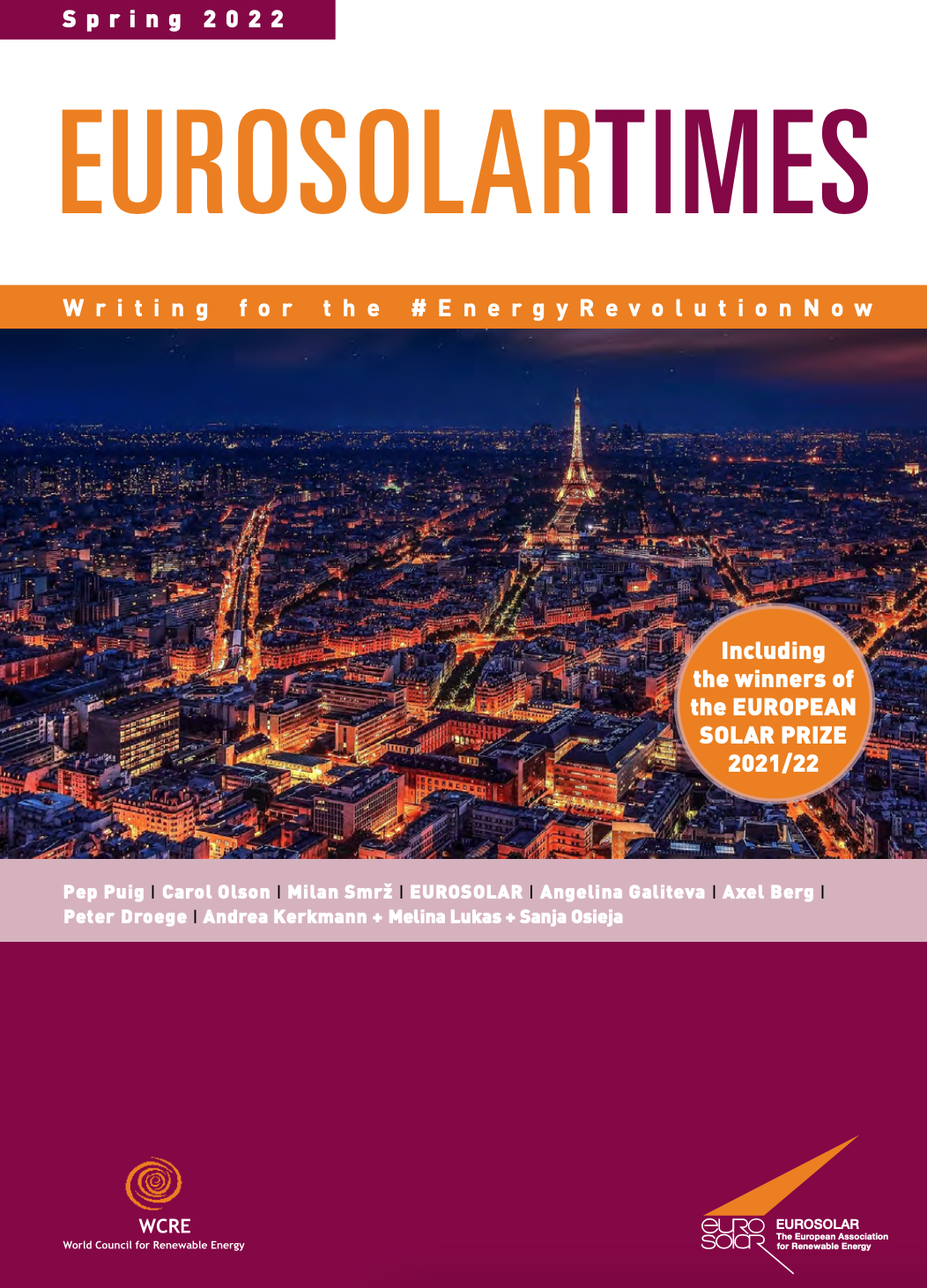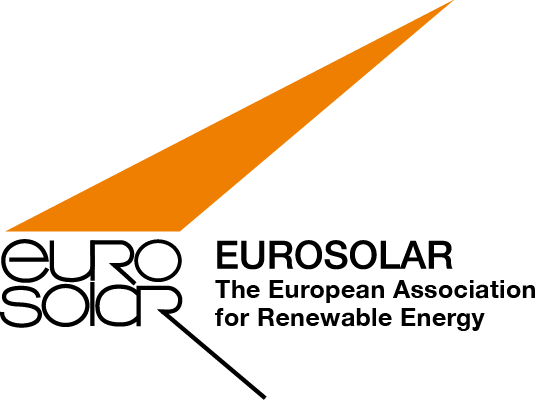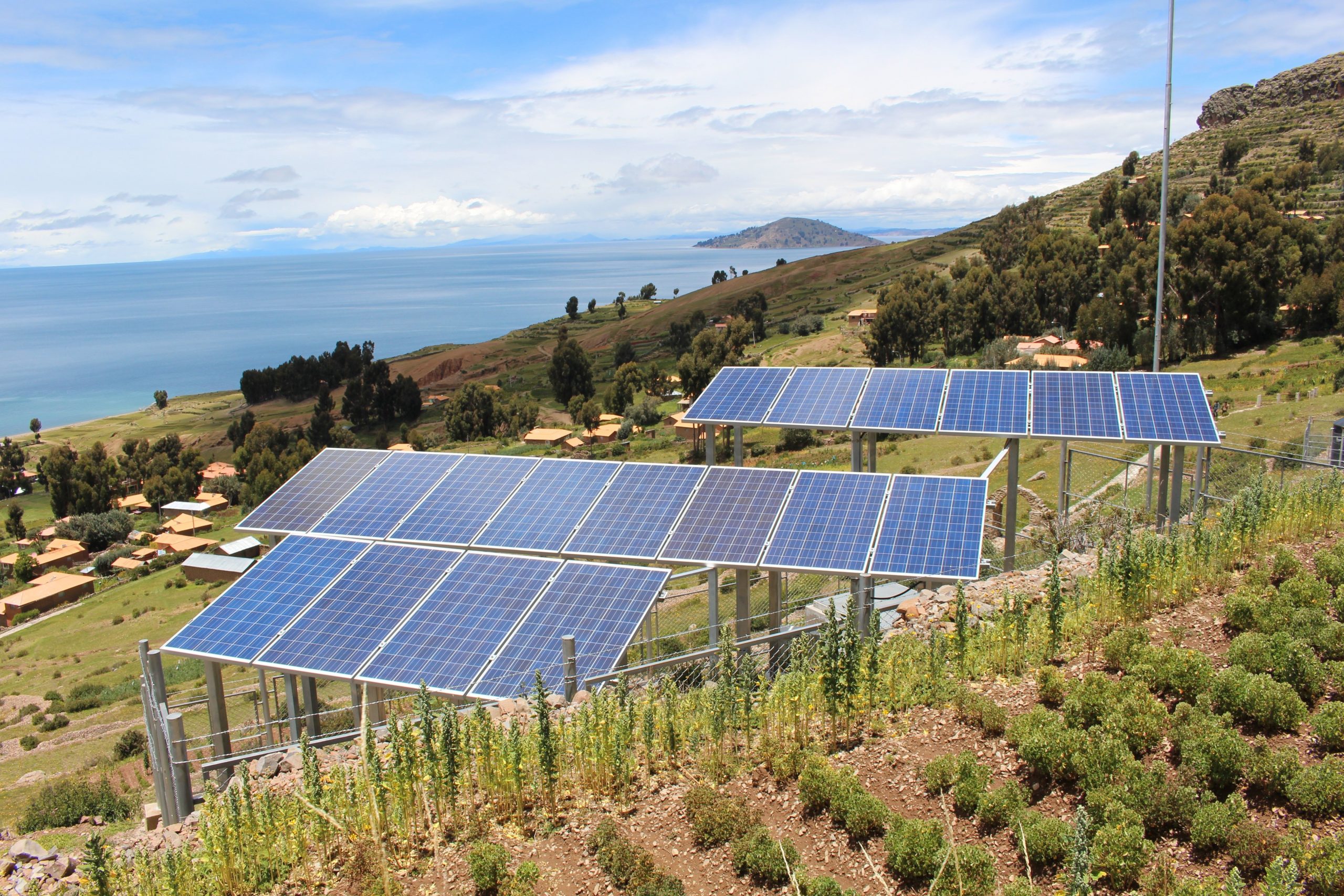By Andrea Kerkmann, Melina Lukas and Sanja Osieja.
Energy is everywhere: we need energy for cooking, heating, transportation as well as for many other activities in our everyday lives. Without energy, many things would not be possible for us. However, access to energy is unequally distributed: not everyone has access to energy.
In addition to global disparities, differences also exist between urban and rural areas as well as a result of socio-economic inequalities. To address these disparities, the Sustainable Development Goal (SDG) 7 – one of 17 Sustainable Development Goals – was launched by the United Nations in 2015. The goal was formulated to provide affordable, reliable, sustainable and modern energy for every-one by 2030, enabling global electrification. For this purpose, three subgoals were formulated: (7.1) ensuring universal access to energy services, (7.2) increasing the share of renewable energy in the energy mix and (7.3) improving energy efficiency. In order to achieve these goals and implement the necessary measures, the focus of SDG 7 on the one hand is on strengthening international cooperation and promoting investment, on the other hand on expanding infrastructure and modernizing technologies in countries of the Global South.
However currently, access to electricity is very unevenly distributed on a global scale – countries in the Sahel region in particular have little access to electricity. A lack of reliable access to electricity can have various impacts on both the society and the environment. These include the limitation of productivity as well as dependence on daylight hours due to a lack of light sources. The use of fossil fuels, i.e. for cooking, results in global greenhouse gas emissions, environmental hazards, indoor air pollution and additionally actively fuel the climate crisis. Furthermore fossil fuels increase the emergence of chronic diseases as well as the risk of injuries, due to the high flammability of the fuels used. Renewable energy sources such as hydropower, wind power and solar energy provide a sustainable alternative. For the successful implementation of SDG 7, it is essential that everyone has access to sustainable and affordable energy. This necessity leads to various challenges in different regions of the world, which can be particular clearly demonstrated by the associated injustices.
Access to sustainable and affordable energy is considered a basic requirement for many aspects within human development as well as for the reduction of inequalities. This access is not merely unequally distributed on a global level, but there are also inequalities between urban and rural areas. In these areas, the (non-) existing infrastructure plays an essential role. Urban areas often have better access to energy because they are more likely to be connected to the grid and have the necessary infrastructure on site. A common method of electricity distribution in (sub-) urban areas are on-grid technologies or grid-connected electricity. These invoke a centralized power generation and distribution system, where electricity is generated in large central plants and distributed to end-users through a transmission network. In rural areas, however, access to energy is often limited, as connections to the grid are rare. Therefore, decentralized and regenerative solutions that function without a grid connection are even more important in order to provide access to secure energy to rural areas. One example of this are off-grid-technologies: decentralized generation technologies that have a spatially local reference, like photovoltaic systems or small hydropower plants.
EUROSOLAR Times Spring 2022
Read this and more interesting articles on the energy transition in our publication EUROSOLAR Times.

The concept of energy justice deals with exactly this problem of unequal access: how can every person be guaranteed access to sustainable, reliable and affordable energy and how just is the distribution of access as well as usage in the first place? For this purpose, energy justice differentiates between three principles: distributional, recognition and procedural justice. Distributional justice is considered a socio-spatial concept and thus focuses on patterns in the distribution of energy goods. Procedural justice asks who is able to participate in political decision-making processes. Recognition justice addresses how the valuation and integration of different forms of knowledge are managed. In SDG 7 especially the issue of distributional justice is emphasized as the focus lies on global disparities in access to energy. These disparities become apparent, when considering the perspective of gender justice. In the Global South, women and girls are particularly affected by air pollution from indoor fossil fuel combustion, therefore they will benefit most from a transition to renewable energy sources. In addition to reducing health hazards, it also improves their educational opportunities by reducing the time spent on household tasks, e.g. through efficient cooking methods, and creating better conditions for a good education.
While people in the Global South in particular need access to electricity for the most important basic human needs such as cooking or heating, for most people in the Global North electricity and heat is available around the clock and for almost all needs – either for consuming entertainment media or performing other energy-intensive activities. However, it is not solely the geographical location that is decisive for access to energy; the socio-economic framework conditions are also significant. Not everyone has the sufficient financial means to be able to afford access to (sufficient) energy. The concept of energy poverty illustrates not only that there is no access to energy per se, but also that access may be available, but people affected by poverty cannot afford it. The negative effects of energy poverty can be severe, promoting both health problems and social isolation. Thus, access to energy is always intertwined with aspects of social justice.
In the Global North, energy poverty is playing an increasingly important role in the lives of many people. Due to rising electricity prices as a result of dependence on fossil fuels, the proportion of energy poverty continues to rise. The problematic issue of energy poverty is insufficiently addressed despite its increasing importance and urgency. Nevertheless, some European countries have already developed various programs to support affected households and thus reduce energy poverty. In order to counteract the problem of energy poverty, a reduction of subsidies for climate-damaging energy as well as a removal of legal hurdles for the development of renewable energy sources is necessary. Older people, people living in rural areas and especially women are particularly exposed to the risk of energy poverty. Among other things, lower wages as well as more (unpaid) care work may favor the risk of energy poverty for women.
The challenges in the implementation of SDG 7 due to national and international framework conditions as well as the interests of powerful actors are not only evident in the legal hurdles for the expansion of renewable energy sources. Aspects of financing also offer good starting points to show the interconnection between national and local circumstances, global processes and their impact on the different dimensions of energy justice. An important factor in realizing SDG 7 is financing. Countries in the Global South are often unable to implement electrification projects or provide needed resources without the financial support of investors and funding. This financial dependency leads to global actors using their funding to influence the respective countries under the premise of SDG 7, while disregarding the actual needs of the people. Similarly, funding programs with top-down approaches often attempt to implement universal measures without adapting them to the respective local and national circumstances. This approach repeatedly results in these measures being successfully implemented in some regions while failing in others. The financing of projects in the wake of SDG 7 through funding programs or investments is always shaped by the specific interests of the actors as well as by powerful global narratives that guide the measures.
Particularly in the case of large and prestigious infrastructure projects, aspects such as geopolitics, security of supply in the event of a disaster, economic developments, climate change, energy security and the reduction of regional disparities for the internal stabilization of a country are incorporated into the planning. A prominent example of this is the Grand Ethiopian Renaissance Dam, which accumulates the Blue Nile at its headwaters in Ethiopia. Geopolitical interests play a major role in this project, as Egypt has always laid claim to the Nile, which Ethiopia is challenging by building the dam. At the same time, the dam is seen as an engine for economic development, as it is expected to supply the country with up to 6000 megawatts of electricity. The problem with such projects is that the interests of powerful actors can lead to the actual objectives of SDG 7 being pushed to the background. Often, the local population on site is not included in the planning and decision-making processes. As a result, the implementation of renewable energy projects is in many cases associated with disadvantages for the marginalized populations, such as the loss of access to their land. This injustice is also reflected in the fact that people’s culture, traditional knowledge, preferences and capacities are not taken into account during the planning process. In this respect, the Grand Ethiopian Renaissance Dam is no exception, as the local people were hardly informed about the project even though the construction of the dam had already started. While the Dam accumulates more and more water in the next few years, many people will lose their land and livelihoods as their fields will be flooded by the reservoir, making it impossible for them to farm. Injustices like these signify that there is often very little acceptance among the local population, even though they should benefit from the implementation of SDG 7. An equitable energy system benefits from all groups having access to information and the opportunity to participate.
In addition to the economic and social aspects of electrification, ecological factors – for example the reduction of greenhouse gas emissions as well as other effects on the environment – must also be taken into account. With regard to the justice dimensions, climate and environmental justice play a decisive role here. The expansion of renewable energy sources – as called for in SDG 7.2 – therefore appears to be extremely beneficial for a number of reasons. The transition towards more renewable energy sources makes a decisive contribution to the fight against the climate crisis and also causes less damage locally, since for example climate-damaging coal mining as well as the disposal of radioactive nuclear waste are no longer necessary. It is also an important contribution to maintain healthy living conditions and reduce air pollution. Entire villages are still ought to be demolished for lignite mining, such as the village of Lützerath in Germany. Achieving the goals of SDG 7 will also have a direct impact on developments of the other Sustainable Development Goals. For example, access to energy can also influence SDG 5 “Gender Equality” by enabling more opportunities for education, especially for women in the Global South, and by increasing the safety for women and girls through the availability of light. This can go hand in hand with minimizing disparities both between the Global North and the Global South as well as between rural and urban areas. Access to energy can also have a positive impact on SDG 10 “Reduced Inequalities” – in particular, local and decentralized renewable solutions can help reduce inequalities and create opportunities for participation.
The advancing climate crisis emphasizes that only solutions for a decentralized and renewable energy supply can eliminate existing injustices. The implementation of SDG 7 and its synergy effects on the other Sustainable Development Goals offers far-reaching global opportunities. Nevertheless, these are afflicted with further challenges, which will have an impact on vulnerable groups in particular, as can be seen from the discussed justice dimensions. It also becomes evident that not only in the Global South, but also in the Global North, and thus also in Europe, discussions about affordable and sustainable energy for everyone must be addressed. By consciously dealing with the different dimensions of injustice, everyone can contribute to achieving the goals of the SDG 7. Overall, the expansion of renewable energy sources and the improvement of energy efficiency contribute to the realization of the social, economic and ecological dimensions of sustainable development.
Further literature references
CALZADILLA, P.V. U. R. MAUGER (2018): The UN’s new sustainable development agenda and renewable energy: the challenge to reach SDG 7 while achieving energy justice. In: Journal of Energy & Natural Resources Law 36, H. 2. S. 233–254.
BOUZAROVSKI, S. (2017): Geographies of energy poverty and vulnerability in the European Union. In: GROßMANN, K., SCHAFFRIN, A. u. C. SMIGIEL (Hrsg.): Energie und soziale Ungleichheit. Zur gesellschaftlichen Dimension der Energiewende in Deutschland und Europa. Springer Fachmedien. Wiesbaden. S. 377-402.
MCCOLLUM, D., ECHEVERRI, L. G., RIAHI, K. u. S. PARKINSON (2017): SDG 7 Ensure access to affordable, reliable, sustainable and modern energy for all. In: GRIGGS D. J., NILSSON M., STEVANCE A. S. u. D. MCCOLLUM (eds): A guide to SDG interactions: from science to implementation. International Council for Science (ICSU), Paris, S. 127-173.

